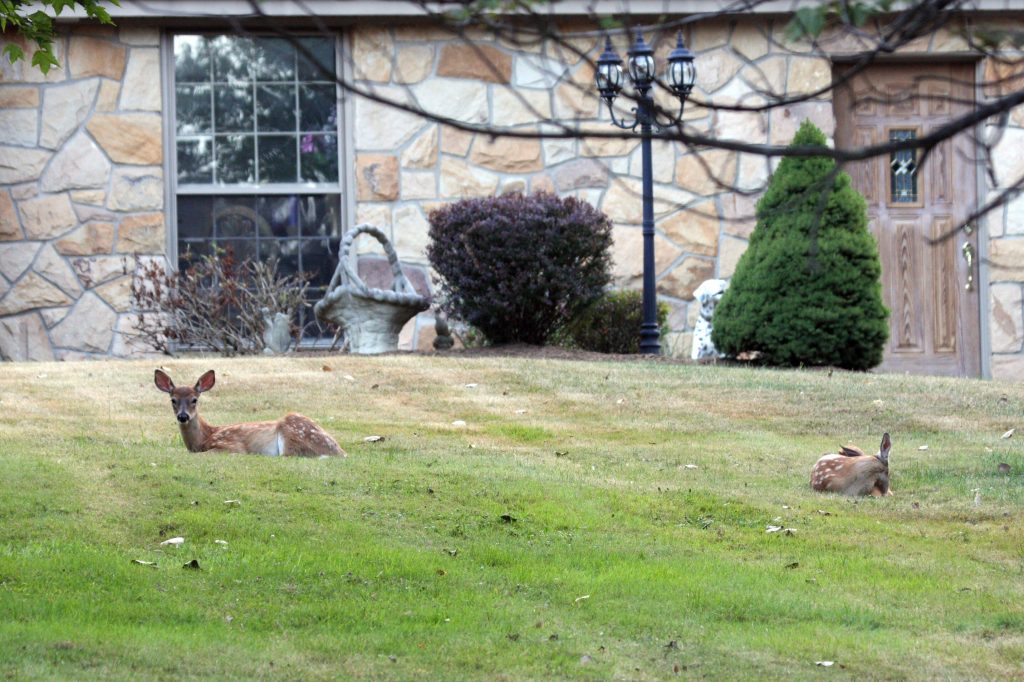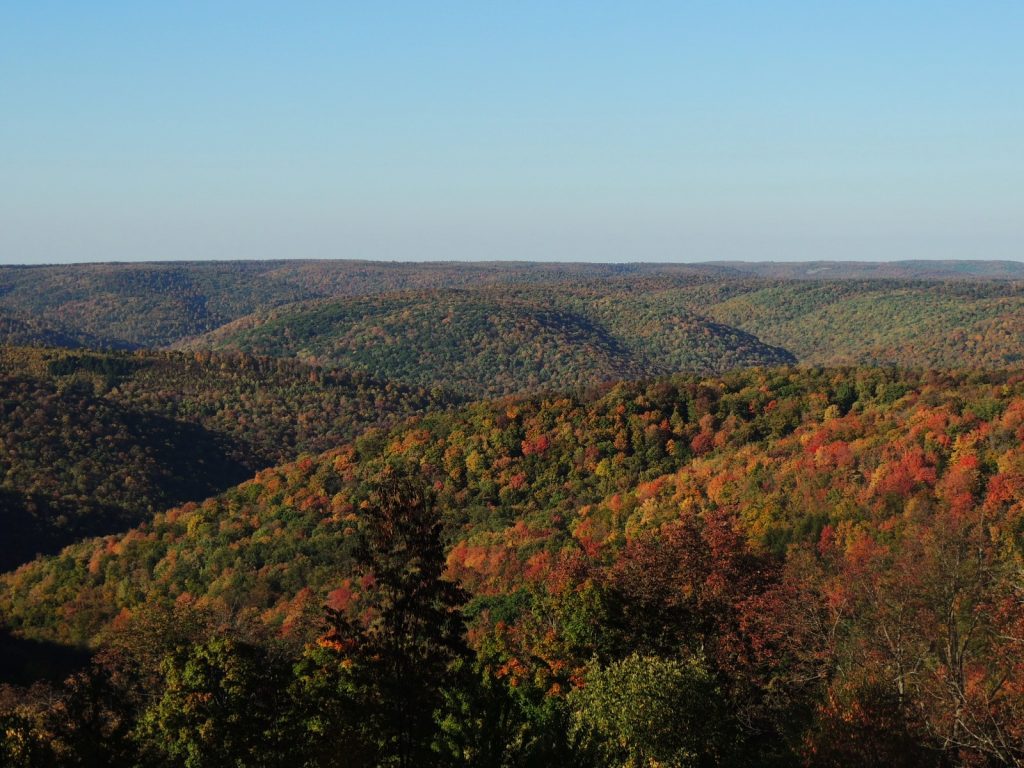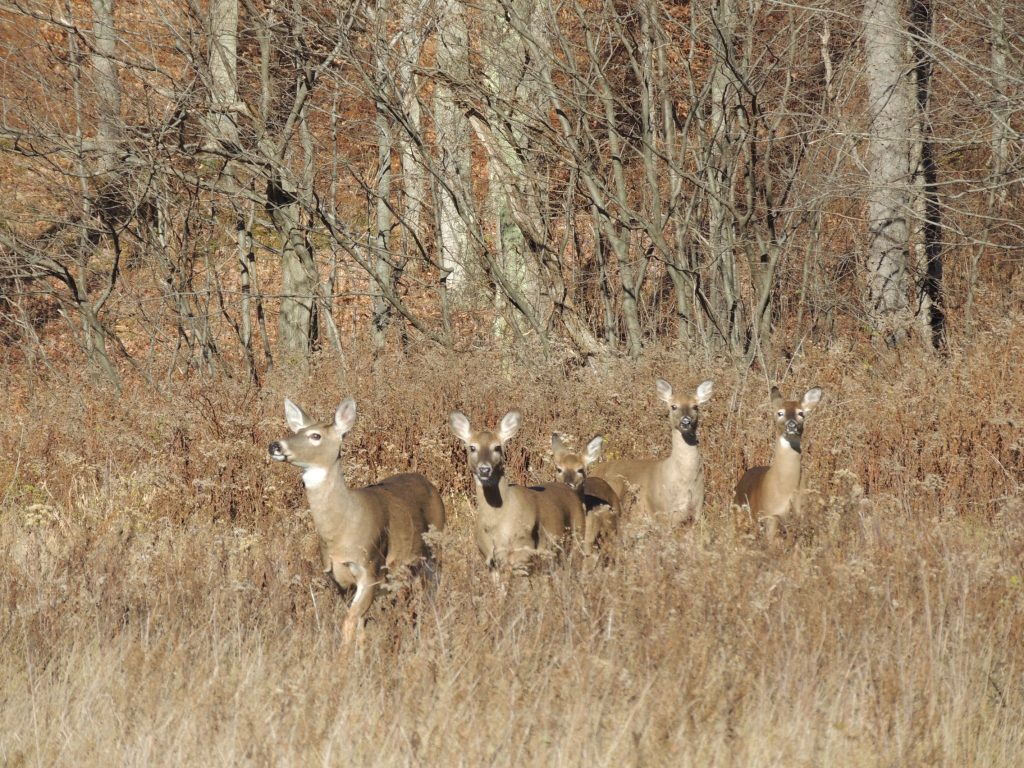I like to cook but my kitchen has never been optimal. My triangle always has a table or a dog in the middle of it. Then there are the accessories. I’ve been a gypsy for over half my life. Small appliances that get used once in a blue moon were more trouble than they were worth. For many years, a microwave and toaster are the only items that made the cut.
Then I discovered pesto. You need some sort of emulsification device to make pesto. In my travels, I inherited a blender. For years, I made pesto in a 1970s avocado green Hamilton Beach blender. It got the job done but it was difficult to clean, didn’t always chop the nuts up, and I could never scrape out ALL the pesto. Sigh.
Then my life changed. I was bequeathed a Cuisinart 8-cup food processor. It weighed a ton. I wasn’t very excited about it until I made pesto. Holy Cow! What a difference. It was a breeze – took half as much time and cleaned up in the blink of an eye. The difference was so stark I had a hard time believing it. What else could this marvel of small kitchen appliance do?
Chop peppers for jelly, knead dough for empanadas, even make laundry detergent! I could do all this and more with the proper tool.
Of course, this blog post isn’t about my kitchen appliance journey. There are many tools used to manage wildlife. The biggest and most well-known is hunting. We’ve been using regulated hunting to manage deer and lots of other species for over 100 years.
But there are others. Like trapping – for example, hunting is NOT effective in controlling wild pigs. However, professional trapping is effective at controlling and reducing wild pig population growth. Trap and transfer has been used to reestablish many extirpated species. Deer, turkeys, fishers, black-footed ferrets, wolves, bighorn sheep, and California condors have all benefited from this management strategy. Targeted removal has been used to control TB in deer in Minnesota and nutria on the Chesapeake.
Then there is habitat management…let me count the ways. The habitat management tools are extensive – from planting native flora to prescribed fires to liming to brush pile building to grazing to dynamiting marshes to create potholes.
There may be many management tools in the box, but not all of them are available to use all the time. Like small appliances in the housewares department, there is no limit to the number of kitchen gadgets I could own. Do I really need that food processor? How often do I use it? How much room do I have to store it? I managed without it for years. I still got the job done.
Social, political, logistic, or economic constraints often limit management tools. For example, deer in suburban areas. Hunting has always been our go-to for managing deer populations but like it or not, hunting in a neighborhood like the one below is logistically impossible and socially unpopular.

In the end, hunters cannot remove enough deer to make a difference even if they could find a suitable tree or a deck because they have their own constraints like work and family which limits their time. So hunting, while an obvious tool in the box, is one that cannot be effectively used.
Another effective tool stuck in the toolbox – liming. We know that soil pH has declined in Pennsylvania over the decades. We also know that soil chemistry affects plant growth as well as the forage quality of those plants. Liming could manipulate the pH of soil benefiting both flora and fauna species in our forests. Germany has been liming their forest since the 80s – 200,000 tons/year at a cost of $118/acre! Has it helped soils recover? Yes!
There are 16.7 million acres of forest in Pennsylvania. If lime were applied to half the forest acreage, it would cost over $940 million/year. Will this tool ever coming out of the box in large scale and meaningful way? Hard to say, but if liming were cheaper than fencing, and the effects lasted longer, it might be possible when deer densities are compatible.

Sometimes we even have to manage with limited or incomplete information. There is a lot we don’t know. That’s the whole reason we conduct research. We are still learning about deer-forest interactions but that doesn’t mean we don’t use management tools available to us right now. Could things change as we get a better understanding? Sure – that’s what science is. But we can’t stand idly by doing nothing while we wait for those answers. That’s why we’ve tried to integrate The Deer-Forest Study with the ongoing management on the forest.
It would be nice if we had all tools available to us under all circumstances but that is just not reality. However, that doesn’t mean we can’t manage. I made pesto without that fancy food processor and it was good! We can still manage deer and habitats with the tools that are available. Sometimes it just takes a little creativity and persistence.
-Jeannine Fleegle
Wildlife Biologist
PGC Deer and Elk Section
